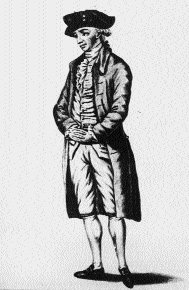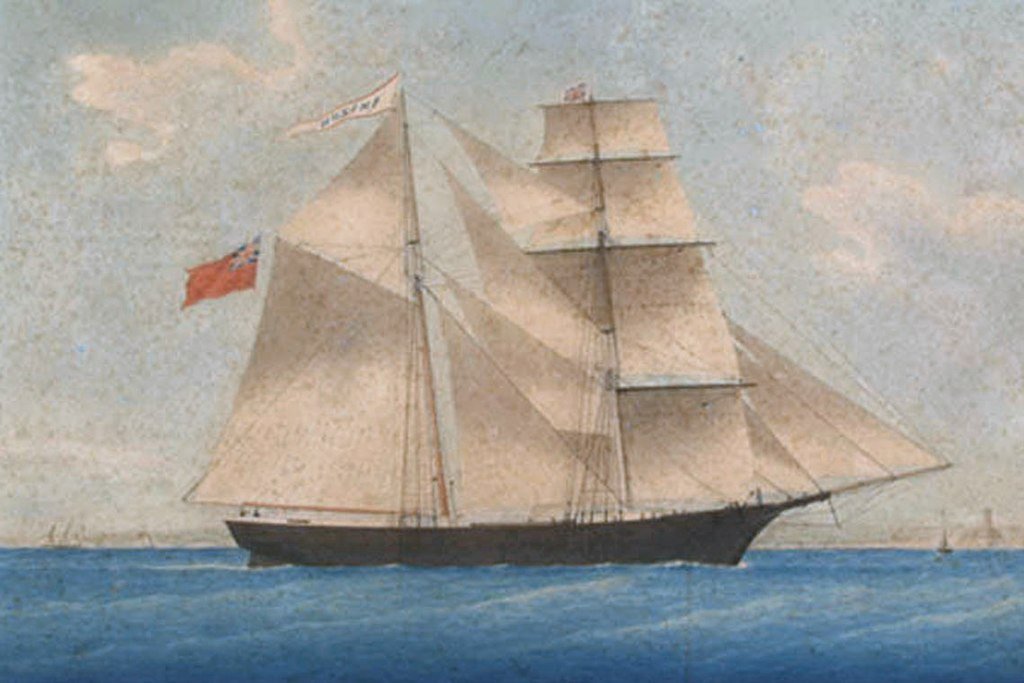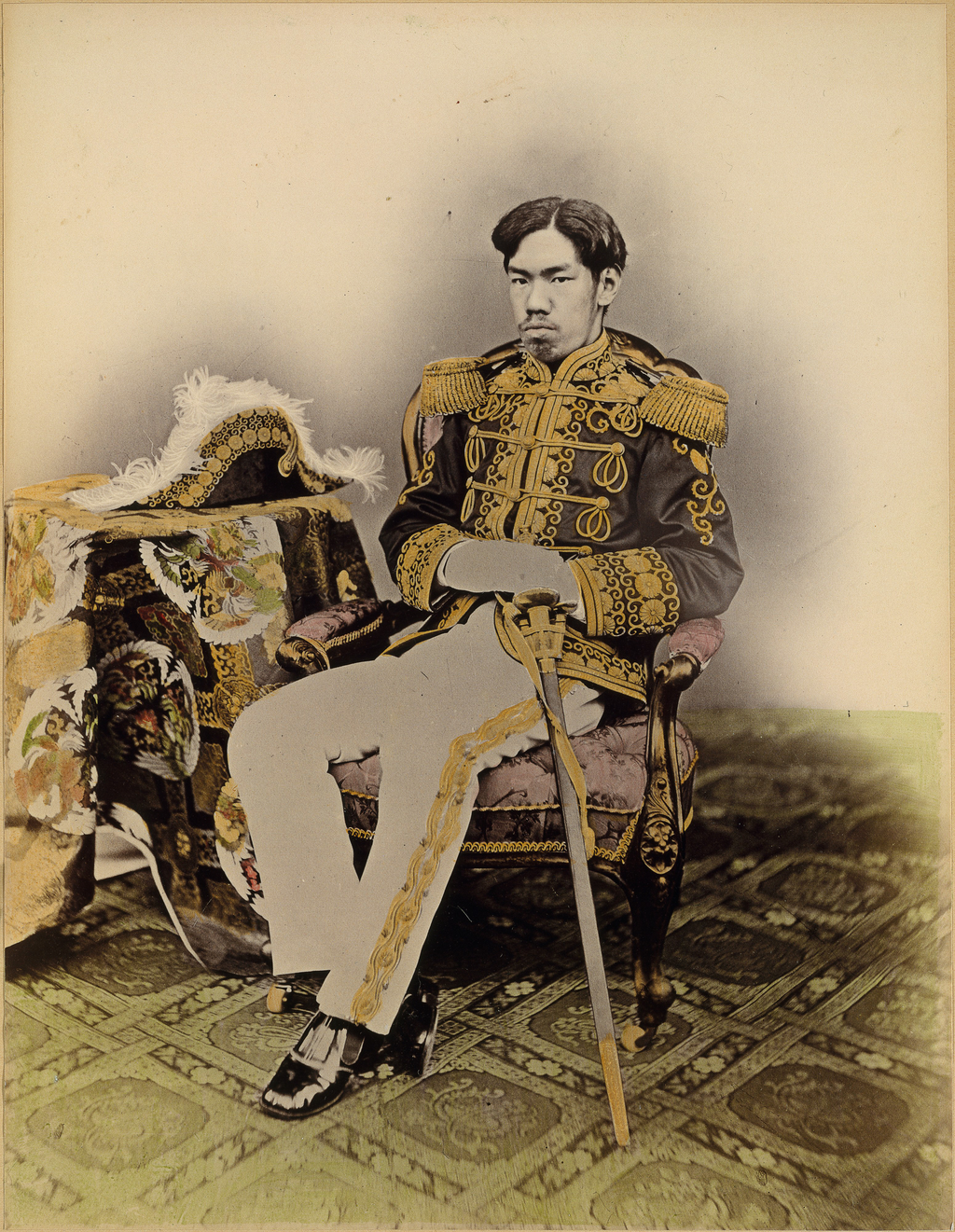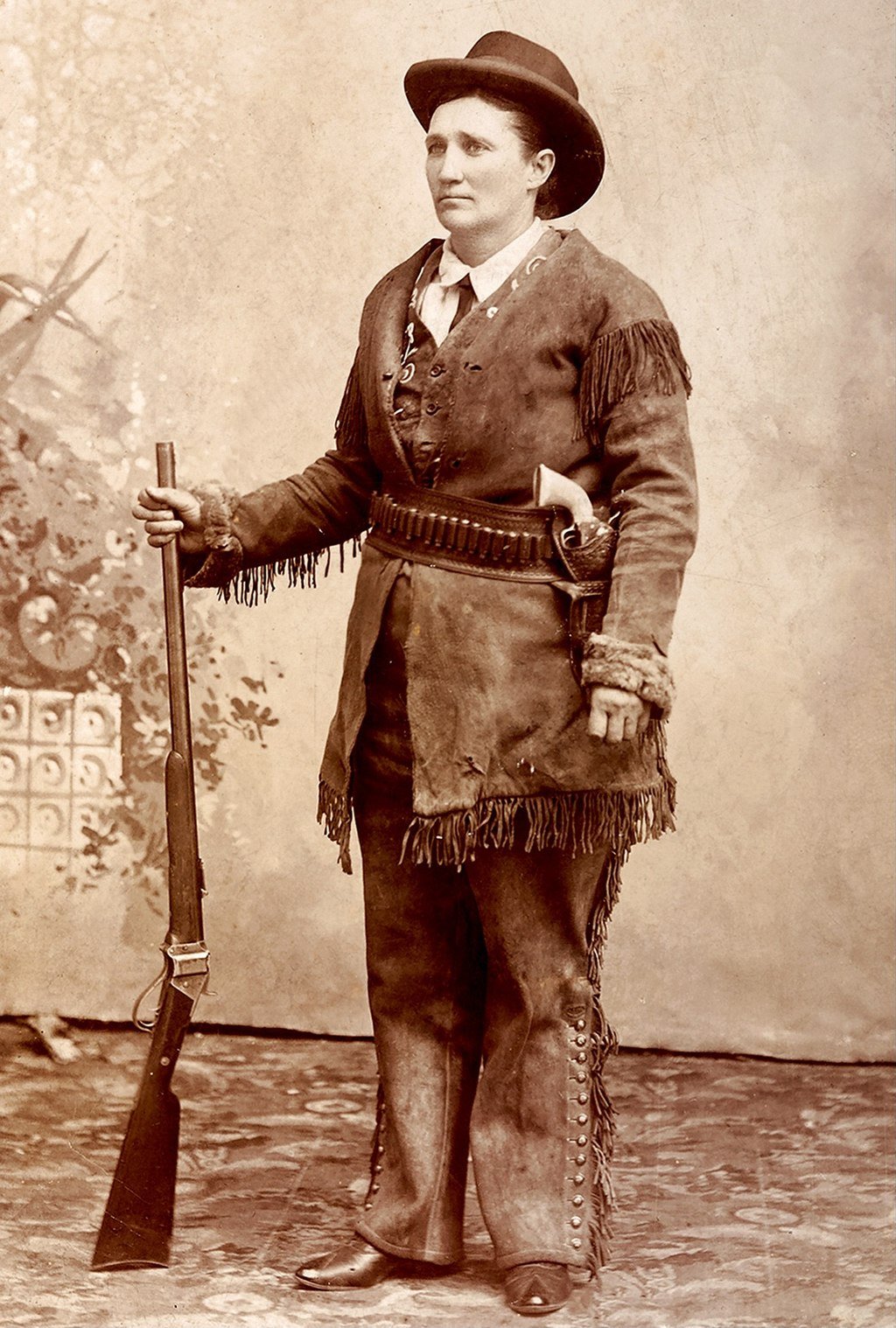The revolution in Spain meant the mother country had no credibility left either at home or abroad. The country was a basket case. For the last 30 years, some of the most feckless and dim-witted leaders in the sorry history of humanity had presided over the Spanish people and empire. Revolutions, war (worse—a guerilla war), coups, invasions, mismanagement. You name it, Spain had gone through it. The country could not get its act together. What was there left to be loyal to at this point?
The grueling continuation of the war of independence was destroying New Spain. Most of the original leaders of the war, on both sides, were either dead or out of the country. The economy had been devastated. The rebels had their backs to the wall, and there seemed to be no way for the rebels to militarily achieve their goals, namely the expulsion of the Spanish and freedom for the people of Mexico. The situation seemed hopeless. Yet, within a matter of months, Mexico would achieve its independence. This was due to the machinations of one man, Agustín de Iturbide.
Return of Iturbide
Iturbide has been seen before, in the decisive defeat of Morales’ army. He was born in Valladolid (as seemingly so many others in this war were). After studying at the Colegio de San Nicolás (again, as so many others did), he joined the royal army and progressively rose through the ranks. Recognized as a bold and forceful soldier, he achieved several victories against Morelos.
Cruelty was something that came naturally to Iturbide. He ruthlessly crushed his opponents and harshly punished civilian populations that had supported the rebels. To celebrate Good Friday one year, he had 300 rebels executed. Relieved of command in 1816 for corruption and graft in even greater excess than those around him, he spent a year on the sidelines clearing his name, which he did. Despite his exoneration, Iturbide would never forgive those who sullied his name.
Iturbide was young and dashing on the battlefield. Handsome, and cutting a good figure on a horse, he looked like a hero out of central casting. But still, he was born in New Spain. The leaders of the viceregal government, particularly Calleja, had never really trusted him. Ambition is a good thing, in moderation, and Iturbide was full of naked ambition. During the war, he had risen from lieutenant to general. Having powerful enemies, this fact is a testament to the skill he did have. Iturbide was a good general, and a very good leader of men, which is something that gets forgotten with later events. It does explain, however, that when he did say to the effect “move in a different direction”, everyone did.
He had never forgotten his humiliation. Like an old wound that would not heal, the ordeal he went through to clear his name festered. Added to this resentment was the humiliation of what was happening in Spain. Now, he was fighting for a government that did not support the ideals he held dear anymore. There was a liberal government in Spain, and the king had been forced to reintroduce the constitution. What was the point? Perhaps, there was another way.
Seeing Another Way
Why would independence mean, by default, a social revolution and the chaos inherent in republican rule? Why would liberal ideas, which Iturbide and the rest of the royalists thought were foolish at best, and malevolent at worst, automatically guide an independent Mexico? Couldn’t an independent Mexico be guided by conservative ideals, based on order and structure in society?
What if, as the most powerful leader on the royalist side, and as a native-born Mexican, Iturbide could bring the two sides together? If the independentists and the royalists joined forces, then everyone could get what they wanted. The rebels would get a Mexico free from Spain and Spanish oppression. The royalists would get a conservative Mexico with a monarchy at its head. And Iturbide…he would get to be the leader of it all.
In 1820, Iturbide was given command of troops in the south of New Spain. This put him in direct conflict with Vincente Guerrero. The two fought several battles, with both men gaining victories over the other. However, despite the clashes, both men were exchanging letters, decrying the fighting, and trying to convince the other of their good intentions. The letters, and the subsequent negotiations, would lead to both commanders coming to an agreement.
The Plan of Iguala
On February 24, 1821, the proclamation of the Plan of Iguala was made. It was a plan made by Iturbide and supported by Guerrero. There was a list of 24 articles that laid out how the newly independent Mexico would be governed. In a brilliant piece of branding, the combined armies of Iturbide and Guerrero would be known as the Army of the Three Guarantees, after the first three articles of the plan. These were an independent Mexico, Catholicism was to be the official religion, and racial and political equality was to be had by all. There was something in the plan for everyone. Independence for the rebel leaders. Protection for the church for the royalists. Civil equality for the masses. Under this umbrella, it was felt everyone in New Spain could unite and transform the country into Mexico.
Iturbide and Guerrero met at Acatempán. When they saw each other, they embraced as a symbol of their new union, receiving cheers from their watching armies. For Iturbide, there was the concern of convincing his army to go along. This is where the previous successes of the royalists doomed the viceregal government. The former viceroy, Apodaca, had been able to sway many former rebels to come over to the royalist side. There was a not insignificant proportion of the royalist army that were former rebels. This meant many were happy about this turn of events and formed the basis of support within the regular army for this new turn. In addition, many were touched by the prospect of quick advancement in a new national army after independence. Antonio López de Santa Anna, for example, was a captain. He, at first, refused to come over to the rebel side. He was offered the rank of lieutenant colonel if he did. He began to “waver” in his firmness and was offered the rank of colonel. When he joined Iturbide, it was as a general.
The key to military support was the army of Anastasio Bustamante, commander of the royalist army in Guanajuato. Known as one of the royalist’s best commanders, and probably just as aggressive and ruthless as Iturbide, with 6,000 men under his command, he could make life very difficult for the Army of the Three Guarantees. It was not to be. Not only did Bustamante declare for the Plan of Iguala, he symbolically came over as well. This royalist commander, who had executed as many rebels as he could get his hands on, took the skull of Hidalgo out of the cage in which it had been on public display since his execution and buried it will full honors.
After Bustamante came over, the movement snowballed. Commanders in the north declared for the Plan of Iguala. By August, Iturbide marched his army into Puebla with Guadalupe Victoria, now out of hiding, by his side. Puebla was a good prize on its own, yet its position was most important for Iturbide. A new viceroy, Juan de O’Donojú, had arrived in New Spain and was in Veracruz. Iturbide had cut the route between Veracruz and Mexico City.
O’Donojú was in a tough spot. He had just arrived at his new posting and the rebels were taking over the country. He and his family were stuck in Veracruz and the city was notorious for terrible yellow fever outbreaks. His family was becoming ill, and he feared for their lives. O’Donojú was not a dumb man. He could see the writing on the wall. The only thing left to determine was if Spain could have relations with this new Mexican nation, or if the two nations would be determined enemies. O’Donojú preferred friendship.
The Treaty of Cordoba
The new viceroy came out of Veracruz to negotiate with the rebels. The two sides were able to hammer out an agreement very quickly, and the viceroy and the general signed the Treaty of Córdoba. Article 1 of the treaty stated that Mexico would receive independence from Spain as the Mexican Empire. So far so good.
The problem arose with Article 3, which stated that Ferdinand VII was to be invited to take the throne. How serious this offer was is unknown. Many conservatives supported the reactionary king, and for the liberals, Ferdinand was still the “desired one” from all those years ago. Should Ferdinand refuse, the throne would descend through his brothers. Here was the rub.
When informed about the treaty, Ferdinand immediately repudiated it and denied for all his relations any rights to the throne of Mexico. Going even further, Ferdinand notified the other courts of Europe that should any royal house accept an offer of the Mexican crown, that would finish all diplomatic relations between Spain and that country. To him, New Spain was simply another rebellious colony that would be suppressed in time. This, however, was for the future.
There was now a treaty that guaranteed independence. Iturbide, Guerrero, O’Donojú, and the rest now began a triumphal march to Mexico City. On September 27, 1821, the Army of the Three Guarantees entered the capital, bringing the War of Independence to an end. Unfortunately, the unifying act of both conservatives and liberals arriving in the capital to begin a new national life would not be the end. The conflict between the two sides began.
The Plans Fall Apart
First, a government had to be set up. The Treaty of Córdoba laid out a framework. Article 2 stated that the government would be a monarchy but limited by a constitution. Article 6 laid out that an assembly would be created, to be made up of the “most eminent” men. It was explicitly said that this assembly would be named, not elected. The assembly would then name a president (Article 9), set up the rules for the election of a national Cortes, or legislature (Article 10), and set up a regency council of three men (Article 11). The goal of the regency was to rule in the name of Ferdinand VII, or if he were to refuse, find another to take up the throne.
Of course, Ferdinand refused. With the automatic rejection from his brothers, who would be made emperor? Even Joseph Bonaparte, the usurper against whom the entire empire had risen in 1808 was allegedly offered the throne, but he refused. With no ruling houses taking the job, yet still supporting the concept of a monarchical government, someone had to be found.
In February 1822, elections were held for the first Mexican Congress. With no history or tradition of democratic rule, the elections were obviously weighted toward the wealthy and powerful. The assumption by all concerned was that the congress would assemble and ratify the choice of the new Emperor, Ferdinand VII, to be Ferdinand I, Emperor of the Mexicans.
When it became clear that Ferdinand would not be coming by the time the congress convened, the members declared that they would not be bound by the Treaty of Cordoba and would not allow all power to be concentrated into the hands of one person (which was not what the treaty said, by the way). Congress, it declared of itself, was the ultimate holder of sovereignty with a legitimate claim to exercise, not only the legislative powers, but executive and judicial as well. In addition, the congress struck at the army, considering it a threat. The army was to be reduced to 60,000 men. Further, no member of the regency council was to be allowed to hold a military command, striking directly at Iturbide.
Same Song, Different Words
There had been several attempts to name Iturbide emperor. At least twice, back in September and October, 1821, he had rejected calls to assume the throne. On May 18, 1822, soldiers of the 1st infantry regiment marched out of their barracks and demonstrated in favor of making their old commander, Iturbide, the emperor. Appearing at his doorstep, the soldiers called out for their hero to take the crown. This time, he would “reluctantly” acquiesce. The congress, now surrounded by mobs of soldiers and citizenry voted for Iturbide to become emperor. Only 15 congressmen voted no.
On July 21, 1822, Iturbide was officially declared Emperor Agustín I in the National Cathedral of Mexico. Modeled on the coronation of Napoleon, the ceremony had all the pomp and circumstance befitting the birth of a new, grand empire. New titles of nobility and offices were created for Agustín’s cronies. Orders of chivalry issued row upon row of shiny medals for the heroes of the revolution in an attempt to buy loyalty to the new regime.
The Infighting Begins - and Truly Never Ends
Immediately, the new emperor and congress squabbled. The country was bankrupt, and the lavish spending was the first issue upon which the congressmen felt they could attack Agustín. Not having any money, but needing more, especially to pay his power base in the army, the emperor’s government authorized the printing of paper money, causing massive inflation and economic dislocation, driving discontent. By August, Agustín ordered the arrest of 15 members of congress. Due to the discontent this caused, he would disband congress by force.
The conservative forces rallied around the figure of the emperor and the liberals rallied around the congress. Two divergent views of how the future of Mexico would be. Now, seemingly, those views were irreconcilable. Not even a year before, both sides had united around the Plan of Iguala and marched triumphantly into Mexico City side by side. There had been so much hope, and so much hope had died.
This was the great tragedy of the Mexican War of Independence. The conservatives believed that they could simply transfix the edifice of the Spain of old onto the new structure that was Mexico. The good old days could come back, only this time they would be in charge. They believed that the people could easily be led by their intellectual and social betters, and building a conservative Mexico would be simple if everyone could just be put back in their place. The conservatives were blind to the idea that they expected everyone to go back to their old social and economic stations but them. They could rise to the top of the social pyramid, but everyone else should stay in their place. That would be only right and just in their eyes.
Unfortunately, the liberals were just as good at fooling themselves. They believed in the greatest lie ever told, that human nature is changeable with laws, constitutions, and good intentions. If the perfect constitution could be drafted, an elected government of Plato’s philosopher kings could transform society and the hearts of men. Everyone would be brothers who would live in social and economic harmony. It was obvious. Once good government for all the people was instituted, knowing the right and subsequently doing the right would finally be possible. Everyone would live happily ever after.
Then Santa Anna opened Pandora’s box.
What do you think of the sudden independence of Mexico and the results? Let us know below.
Now, read about Francisco Solano Lopez, the Paraguayan president who brought his country to military catastrophe in the War of the Triple Alliance here.
















